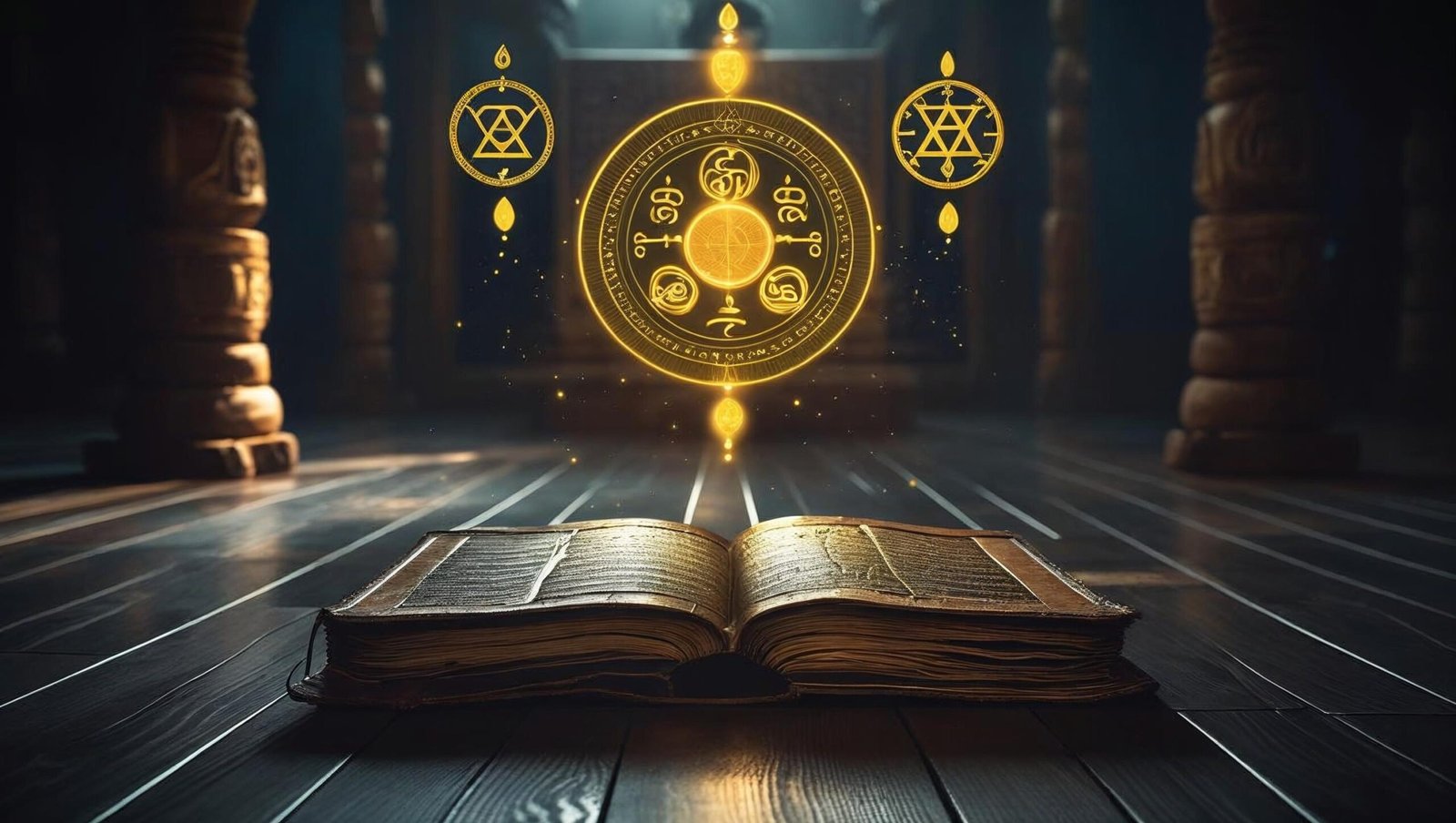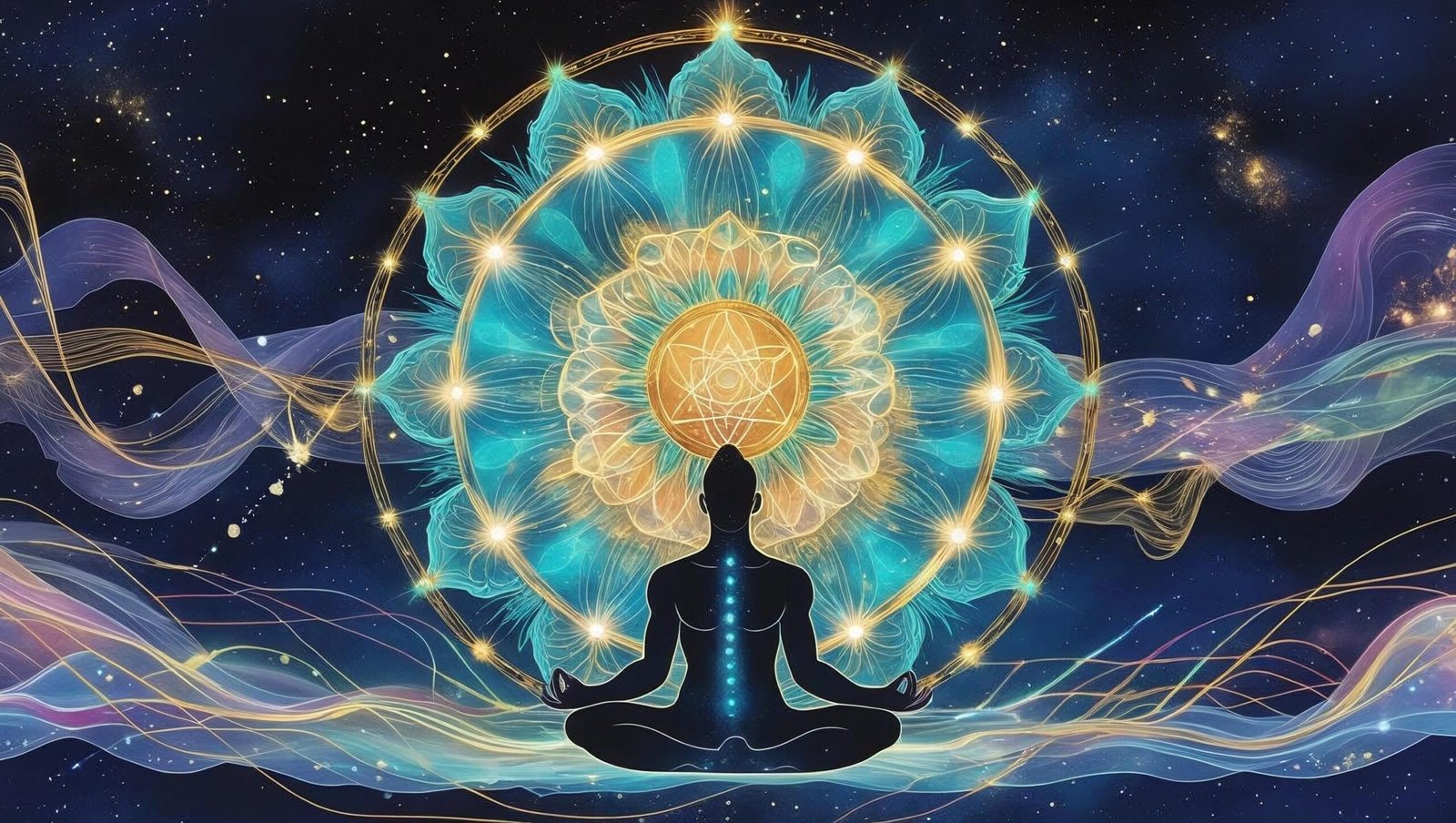Introduction
In a world dominated by instant gratification and external validation, Karma by Sadhguru emerges as a beacon of timeless wisdom that reorients our gaze inwards. This book is not merely a philosophical exploration of karma—it is a practical manual for mastering one’s destiny through conscious living. The revered yogi and mystic Sadhguru distills complex metaphysical ideas into digestible principles for everyday life. In this blog post, I undertake an in-depth analysis of Karma by Sadhguru, unveiling seven transformational lessons that have the power to change the course of our inner and outer lives.
Let us journey through the pages of this enlightening book and discover the real essence of karma—beyond superstition and fear, into a space of absolute freedom and responsibility.

Who Is Sadhguru?
Before delving into the book, it is essential to understand the author. Sadhguru Jaggi Vasudev is a globally renowned yogi, spiritual master, and founder of the Isha Foundation. His teachings bridge the ancient wisdom of India with contemporary psychological insights. With a scientific temperament and mystical depth, he guides seekers across all walks of life.
His work is not confined to spiritual circles alone; he has addressed forums like the United Nations, World Economic Forum, and leading educational institutions. In Karma by Sadhguru, he offers a refined interpretation of karma—one that liberates rather than confines.
What Is Karma, Really?
From birth, many are taught to view karma as a cosmic ledger—good deeds beget blessings, and bad ones result in suffering. Karma by Sadhguru dismantles this overly simplistic view. According to him, karma is not about reward and punishment; it is a subtle mechanism of memory and action. Every action—physical, mental, or emotional—leaves an imprint. These imprints influence future tendencies, choices, and perceptions.
Sadhguru urges readers to shed the notion of karma as fate. Instead, he presents it as a tool for transformation. Karma becomes a repository of experience that, if used consciously, can be restructured to create the future we desire.
Lesson 1: Karma Is Not Fate, It Is Freedom
One of the most powerful revelations in Karma by Sadhguru is that karma is not deterministic. It is not an external force controlling your life. Instead, it is the accumulated consequence of your past actions and reactions. More importantly, it can be altered.
Sadhguru explains that when you act unconsciously, you repeat your karma. But when you become conscious, you gain the power to dissolve old patterns and create new trajectories. Karma, thus, is not a prison—it is a map, and you hold the pen.
Lesson 2: You Are the Manufacturer of Your Experience
A recurring theme in Karma by Sadhguru is that we are the architects of our own lives. Everything you perceive and respond to is shaped by internal filters developed through karmic accumulation.
He argues that changing the outside world is secondary. True empowerment lies in transforming how you experience reality. By taking responsibility for your inner state, you reclaim your creative power. This shift from victimhood to agency is the book’s core gift.
Lesson 3: Memory Is the Bedrock of Karma
Sadhguru elaborates on the idea that karma is memory—stored not just in the brain but in every cell. The body holds memory, emotions hold memory, and so does your very energy system.
In Karma by Sadhguru, we learn that not all memory is conscious. Subconscious memories silently influence desires, fears, reactions, and attachments. The path to freedom lies in accessing and understanding these layers of memory through yogic practices and mindfulness.

Lesson 4: Conscious Action Liberates You
Many spiritual teachings emphasize detachment, but Karma by Sadhguru focuses on conscious engagement. Sadhguru states that being mindful in action—not mechanical or reactive—dismantles karmic bondage.
Whether you are walking, speaking, eating, or working, every moment presents an opportunity to live with awareness. Consciousness becomes the sword that severs the ties of compulsive karma.
Lesson 5: Karma Yoga—The Path of Action Without Attachment
The book introduces Karma Yoga, one of the four classical paths in Indian spirituality. It involves acting without personal attachment to the outcome. This principle, when applied in life, dissolves stress, anxiety, and ego-driven motives.
Karma by Sadhguru advocates that Karma Yoga is not passive resignation. Rather, it is a dynamic involvement in life, with the maturity to accept results with grace. This mindset elevates even mundane tasks into spiritual practices.
Lesson 6: Pain Is Not Punishment—It Is a Process
One of the most humane teachings in Karma by Sadhguru is the reframing of suffering. Sadhguru cautions against viewing pain as a punishment for past misdeeds. Instead, pain is part of the karmic unfolding necessary for growth.
When met with awareness, pain becomes a tool of evolution. Every challenge carries a concealed lesson. Rather than resist, one must inquire: what is this experience teaching me about myself?
Lesson 7: Liberation Lies in Inner Engineering
Ultimately, Karma by Sadhguru presents a roadmap toward mukti or liberation. This freedom does not require renunciation or austerity. It requires Inner Engineering—a method of refining one’s body, mind, emotions, and energies.
Through self-observation and yogic discipline, one can consciously work through karmic layers. Liberation becomes not an abstract goal, but a lived reality.
Exploring Deeper Dimensions of Karma by Sadhguru
While the foundational understanding of karma is eloquently established in the earlier chapters, the latter portions of Karma by Sadhguru delve into nuanced domains—those rarely articulated even in spiritual circles. These include subjects such as ancestral influence, rebirth, collective karma, and the ultimate dissolution of karmic identity. This deeper layer invites us to examine karma not only as an individual phenomenon but as an interconnected web that binds all life.
Sadhguru’s insight here is not merely metaphysical musing; it is rooted in experiential wisdom borne out of yogic sciences. He introduces us to subtle mechanics of how karma transcends linear notions of cause and effect. In fact, Karma by Sadhguru explains how even thoughts and intentions are registered by the karmic mechanism—not just outward deeds.

Karma and Ancestral Influence
One of the most thought-provoking discussions in Karma by Sadhguru is the concept of genetic and energetic memory passed down through generations. While modern science confirms the genetic transmission of traits, Sadhguru takes it a step further by explaining how emotional patterns, fears, and behavioral tendencies can also be inherited.
He posits that we are often living out not just our own karma but also karmic residues from familial and ancestral lines. For example, if generations before you have experienced poverty or trauma, those impressions might unconsciously inform your worldview and actions—even if your current circumstances have changed.
The remedy lies in awareness. When you become conscious of these inherited patterns, you begin the process of dissolution. Through yogic practices such as kriya and meditation, one can break the invisible link of ancestral karma, thereby liberating oneself and transforming the lineage.
The Trap of Collective Karma
Another powerful theme explored in Karma by Sadhguru is collective karma—the shared karmic momentum of a group, society, nation, or even humanity at large. Collective karma influences everything from cultural norms to generational beliefs and societal trends.
Sadhguru cautions that blindly following the herd is the quickest route to karmic bondage. When people act without discrimination, motivated only by social conditioning or peer pressure, they feed into the collective karmic structure. It becomes difficult to discern personal truth in the midst of societal expectations.
Yet, Karma by Sadhguru offers a clear path out: personal responsibility and inner stillness. The more we operate from individual clarity rather than collective confusion, the more freedom we experience. This is not an act of rebellion but of spiritual maturity.
Free Will Versus Destiny: A Harmonious Understanding
The age-old debate between free will and destiny finds elegant reconciliation in Karma by Sadhguru. He asserts that karma is neither rigid fate nor unlimited freedom. Rather, it is a dynamic field of possibility constrained only by the extent of one’s awareness.
He explains it with a compelling metaphor: karma is like a field with boundaries set by your past actions. Within that field, you have the freedom to plant any seed you choose. The wider your awareness, the broader your field becomes.
This revelation is liberating. It means that while we may not have control over the past, we possess agency in the present moment. Each conscious choice expands the horizon of the next. In this view, destiny is simply the karmic momentum of unconscious choices, and free will is the torch that illumines the path ahead.
The Karmic Body: A Subtle Yet Potent Force
Sadhguru introduces the concept of the karmashaya—a subtle body composed of karmic memory. Unlike the physical or mental body, the karmashaya is invisible, but it governs how we interpret and interact with the world.
This karmic body determines the tendencies that appear as intuition, talent, irrational fears, or compulsive attractions. It can even influence our health and relationships. Left unchecked, it grows stronger and binds us to patterns we may not understand.
However, Karma by Sadhguru provides practical means to address this: by cultivating silence, practicing breath awareness, and aligning the body, mind, and energy through yogic processes. As the karmashaya is cleansed, one becomes lighter—not physically, but existentially.
The Role of Suffering in Spiritual Evolution
Perhaps one of the most counterintuitive insights in Karma by Sadhguru is that suffering, when approached with awareness, is not a curse but a compass. While many seek to avoid suffering at all costs, Sadhguru invites us to lean into it—not as masochists, but as seekers.
He explains that suffering reveals the areas where we are not in alignment with our true nature. It unmasks false identifications and points us toward inner transformation. In this context, suffering is a mirror—not a punishment.
Rather than being paralyzed by pain, we are urged to observe it. That very act of observation without reaction dissolves the karmic charge associated with it. Over time, suffering becomes a gateway to profound wisdom and compassion.

Karma and Relationships: Mirrors of the Self
Relationships serve as one of the most potent arenas for karmic play. In Karma by Sadhguru, interpersonal dynamics are not reduced to emotional drama. Instead, they are understood as mirrors reflecting our unresolved tendencies.
Whether it’s romantic love, friendships, or family ties, every interaction triggers latent karma. What irritates you in another often points to your own shadow. Similarly, what you love in another reflects an inner quality awaiting expression.
Sadhguru suggests that rather than trying to fix others, one should use relationships as an opportunity for inner inquiry. Each emotional response is a window into a deeper karmic impression. When handled with maturity and mindfulness, even the most turbulent relationship becomes a spiritual crucible.
Dissolving Karma: The Final Goal
The culmination of all teachings in Karma by Sadhguru leads to the dissolution of karma. This does not mean inactivity or apathy. On the contrary, it signifies the capacity to act freely, without being tethered to past impressions.
Sadhguru likens it to writing on water. You act, but no residue is left. This state is achieved through total awareness and a deep understanding of impermanence. When life is lived as a flow rather than a possession, karma cannot bind.
He emphasizes that moksha—freedom from the cycle of birth and death—is not a reward for good behavior but the inevitable outcome of self-realization. This is the ultimate liberation, the real message at the heart of Karma by Sadhguru.
The Subtle Power of Thought and Intention
Often overlooked in discussions of karma is the power of thought and intention. Karma by Sadhguru offers a rare insight into how even a fleeting thought, if repeated frequently, creates karmic impressions. The mind, therefore, must be treated with the same reverence as action.
This elevates the importance of inner discipline. It is not enough to perform kind acts outwardly if the inner atmosphere is polluted by jealousy, pride, or fear. The transformation must be holistic. Thought, speech, and action must be harmonized for karmic balance to prevail.
Final Reflection
Karma by Sadhguru is not a book that one merely reads; it is a text to be lived. Its teachings call for a radical shift in how we perceive life—not as a random series of events but as a deeply intelligent process shaped by conscious and unconscious actions.
It invites the reader to rise from passive victimhood to empowered co-creator. It does not promise quick fixes but offers enduring tools for transformation. In the grand narrative of existence, karma is both the ink and the script. But with awareness, you can change the story.
With each reading, Karma by Sadhguru reveals a new layer. Its wisdom is inexhaustible because it mirrors your evolving self. In a world full of noise, this book offers a rare silence—one that speaks louder than words.
Writing Style and Structure
The language of Karma by Sadhguru is accessible, profound, and often poetic. He blends storytelling, humour, mythological references, and sharp philosophical insights. The chapters are thoughtfully arranged, each addressing a unique facet of karma.
Though the book ventures into metaphysical terrain, it remains grounded with practical applications. Whether you are a spiritual seeker, skeptic, or simply curious, the book speaks to all.

Real-Life Applications
What sets Karma by Sadhguru apart is its usability. Readers are not left with abstract ideas but are empowered with tools:
-
Practice mindfulness in speech and behavior.
-
Reflect on recurring emotional patterns.
-
Respond instead of reacting to difficult people.
-
Use yogic practices to cleanse karmic residues.
These are not esoteric rituals but conscious habits that transform your inner ecosystem.
Who Should Read Karma by Sadhguru?
-
Those struggling with past regrets or future anxieties.
-
Individuals caught in cycles of self-sabotage.
-
Seekers wanting to understand Eastern spiritual psychology.
-
Professionals aiming to live more mindfully in a high-stress world.
-
Students of philosophy and self-development.
This book is not a one-time read. It is a lifelong companion for those committed to inner evolution.
Frequently Asked Questions (FAQs)
1. Is Karma by Sadhguru religious?
No, the book is spiritual, not religious. It draws from Indian philosophy but is universal in its application.
2. Can the teachings of Karma by Sadhguru be practiced without yoga or meditation?
Yes, though yogic tools enhance the journey, the core teachings focus on awareness and responsibility in everyday actions.
3. Is the concept of karma the same in all religions?
No, karma is interpreted differently across traditions. Sadhguru presents a unique, non-theistic understanding rooted in yogic science.
4. Is this book suitable for beginners in spirituality?
Absolutely. It simplifies complex truths without diluting their depth, making it ideal for newcomers and seasoned seekers alike.
5. How is Karma by Sadhguru different from other self-help books?
Unlike conventional self-help, it does not offer surface-level tricks. It goes to the root of suffering and freedom by transforming your inner software.
Conclusion
Karma by Sadhguru is a luminous guidebook for those who wish to reclaim the reins of their life. It is not bound by dogma or doctrine—it is a path of inner clarity, conscious living, and profound responsibility. This book dismantles the myth of karma as fatalism and restores it as a potent force for liberation.
Whether you are caught in emotional cycles, burdened by the past, or seeking direction, Karma by Sadhguru holds the keys. It doesn’t offer shortcuts but provides a steady path toward a life of joy, balance, and mastery.
Let the wisdom of this book seep into your days and nights. Let it awaken you from unconscious living to radiant aliveness.
Explore more spiritual insights and transformative book reviews at
🌐 shubhanshuinsights.com
🗨️ Leave a comment below — What is your understanding of karma? Have you read the book? Share your thoughts and reflections!
Powerful Comment Suggestions for Blog Engagement:
-
This review reshaped how I viewed karma. Thank you for the clarity!
-
I’ve read this book too, and your breakdown is incredibly accurate.
-
Brilliant summary. Makes me want to reread the book with a new lens.
-
The idea that karma is freedom, not fate, is revolutionary. Insightful blog!
-
Looking forward to your next book review. Your perspective is truly valuable.